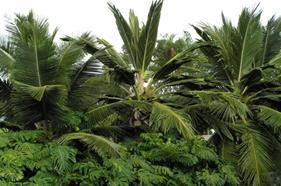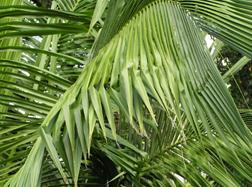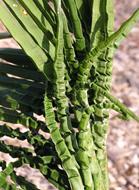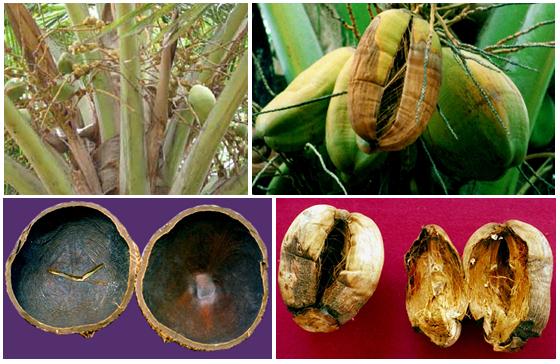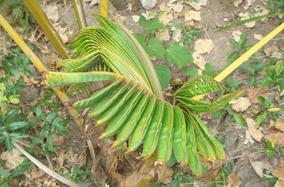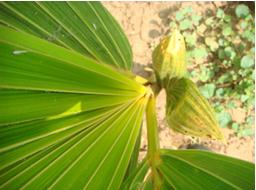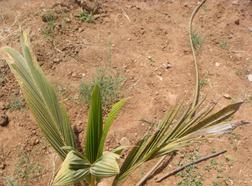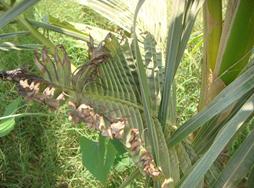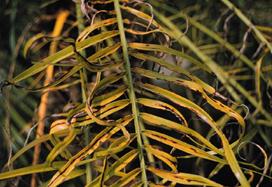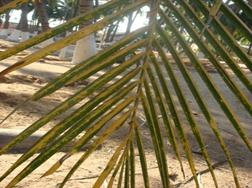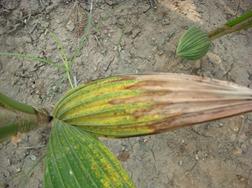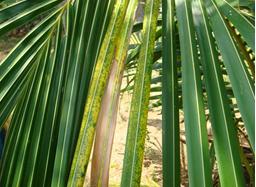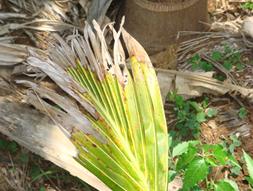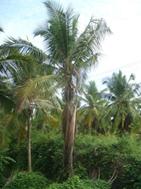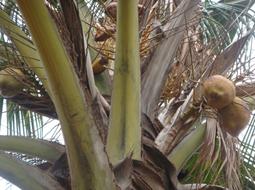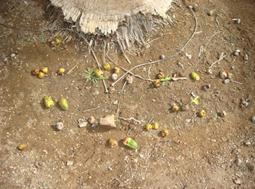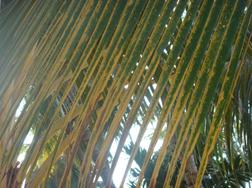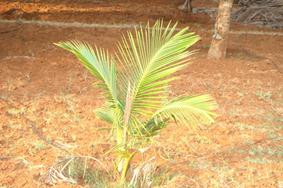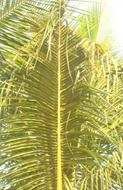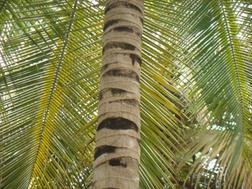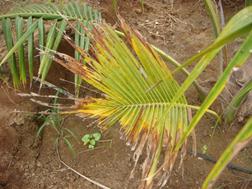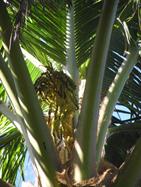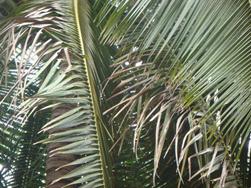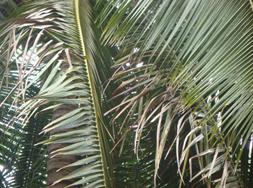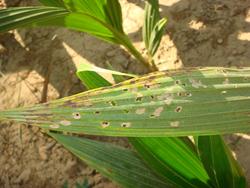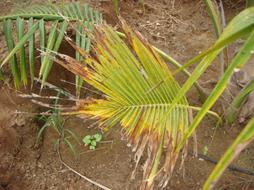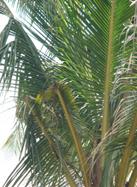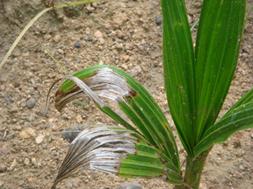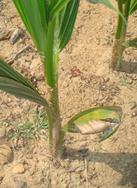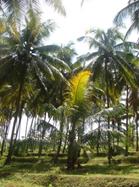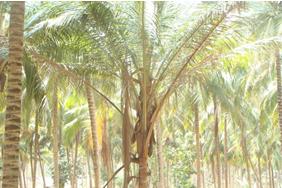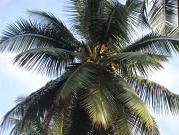 |
||||||||||||||||||||||||||||||||||||||||||||||||||||||||||||||
|
||||||||||||||||||||||||||||||||||||||||||||||||||||||||||||||
Physiological DisordersMinor Nutrients 1.Boron (B) Deficiency Symptoms
Diagnostic Techniques Boron deficiency symptoms are quite distinctive and are usually sufficient for diagnosis by themselves. Manganese deficiency produces symptoms similar to those of B deficiency, but no other common deficiency produces symptoms that could be confused with those of B deficiency. Because B deficiency is so transient in nature, the element is immobile within the palm (cannot move from one leaf to another), and deficiencies affect only leaf primordial developing within the bud area, leaf analysis is not particularly useful. Management Foliar spray of 0.2 % (2g in 1 lire of water) borax at the rate of 75 – 100 ml per seedling. Spraying is commonly practiced when coconut palms are at the nursery stage. 1 year old – Borax 5-10 g/plant per year 2-3 years old – Borax 15- 20 g/plant per year 4 years old and more – Borax 30 -50 g/plant per 2 years
2.Manganese (Mn) Deficiency Symptoms Manganese deficiency is very common on alkaline soils. The newest leaves of Mn deficient palms emerge chlorotic with longitudinal necrotic streaks. As the deficiency progresses, newly emerging leaflets appear necrotic and withered on all but basal portions of the leaflets. This withering results in a curling of the leaflets about the rachis giving the leaf a frizzled appearance (frizzle top). In severely Mn- deficient palms, growth stops and newly emerging leaves consist solely of necrotic petiole stubs. Diagnostic Techniques Visual symptoms may be sufficient to diagnose this disorder, but leaf nutrient analysis is also suggested, since symptoms of boron (B) deficiency can be similar. Late stage potassium (K) deficiency symptoms are virtually indistinguishable from those of Mn deficiency at a distance and close examination is required to look for characteristic longitudinal streaking and basal symptom distribution of Mn deficiency. Management Soil application of MnSO4 @ 25kg/ha
3.Magnesium (Mg) Deficiency Symptoms Magnesium deficiency appears on the oldest leaves of palms as broad chlorotic (yellow) bands along the margins with the central portion of the leaves remaining distinctly green. In severe cases leaflet tips may become necrotic. Older leaves become bronzed and dry appearance. Leaflets show necrosis and turn to reddish brown with translucent spots yellowing starts at the tip and spreads to the base. Diagnostic Techniques Visual symptoms alone are usually sufficient to diagnose Mg deficiency. Magnesium deficiency symptoms differ from those of K deficiency in that symptom severity of discoloration K- deficient leaves is usually orange to bronze, shading gradually to green at the base of the leaf, whereas Mg- deficient leaves have distinctly green leaf centers and bright lemon yellow to orange margins. Management Soil application of MgSO4 1-2 kg/tree/year. Root feeding of 200 ml of 0.2% MgSO4 twice a year.
4.Zinc (Zn) Deficiency Symptoms Zinc deficiency is characterized by formation of small leaves wherein the leaf size is reduced to 50%. Leaflets become chlorotic, narrow and reduced in length. In acute deficiency, flowering is delayed. Zinc deficiency will also lead to button shedding. Management Soil application of ZnSO4 @ 25kg/ha
5. Iron (Fe) Deficiency Symptoms
Management Application of Feso4 0.25 to 0.5 kg/tree/year
6. Calcium (Ca) Deficiency Symptoms
Management Soil application of lime based on lime requirement and root feeding of 1% calcium nitrate
7.Copper (Cu) Deficiency Symptoms
Management Soil application of CuSO4 @ 25 kg per ha.
8.Molybdenum (Mo) Deficiency Symptoms
Management Root feeding of 0.05% (0.5g/litre of water) Sodium Molybdate
|
||||||||||||||||||||||||||||||||||||||||||||||||||||||||||||||
Last Update : December 2014 |
Back | |||||||||||||||||||||||||||||||||||||||||||||||||||||||||||||
© All Rights Reserved. TNAU-2014. |
||||||||||||||||||||||||||||||||||||||||||||||||||||||||||||||
